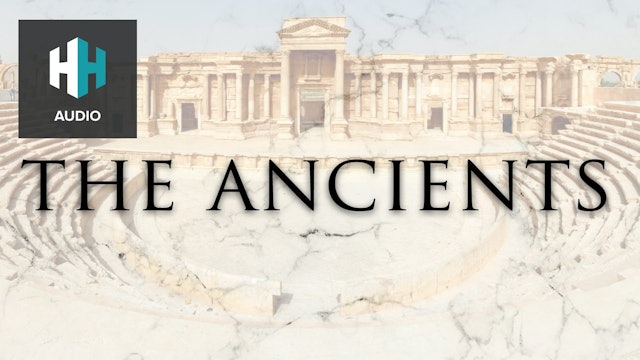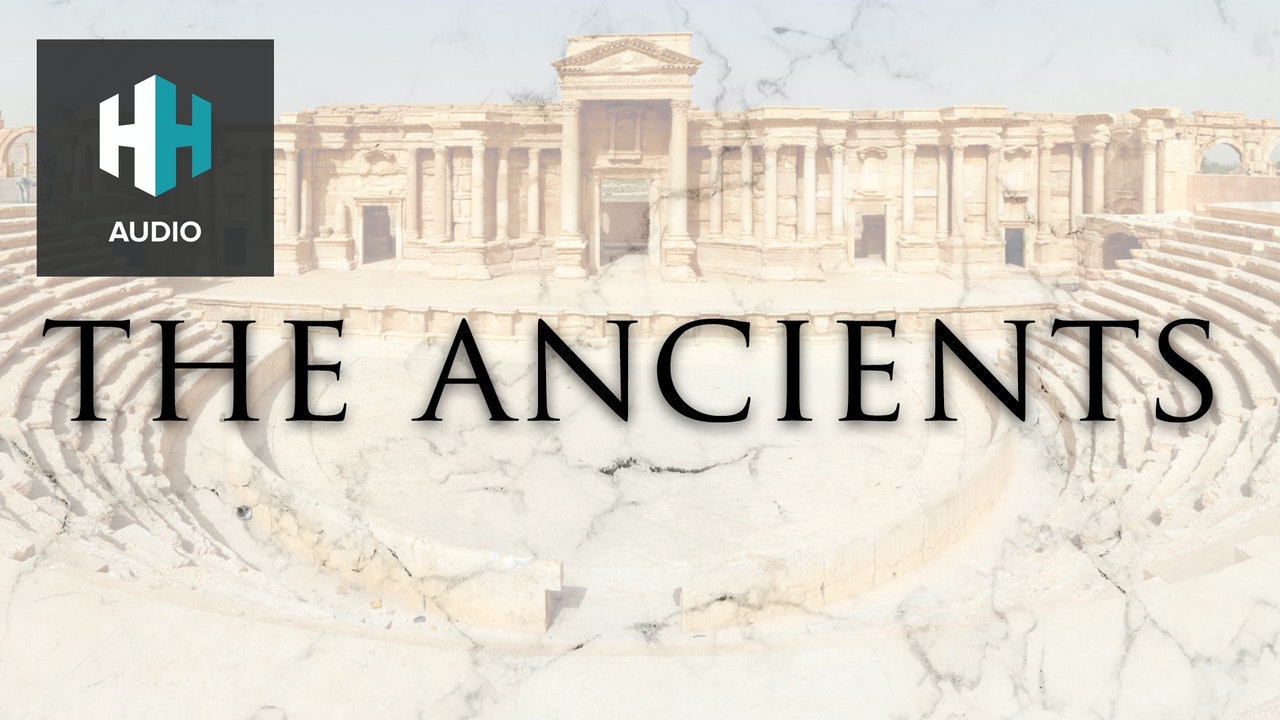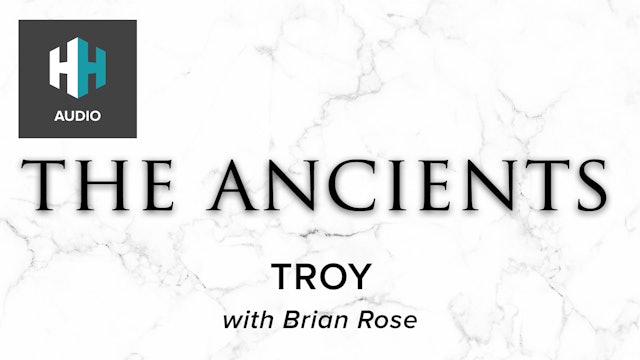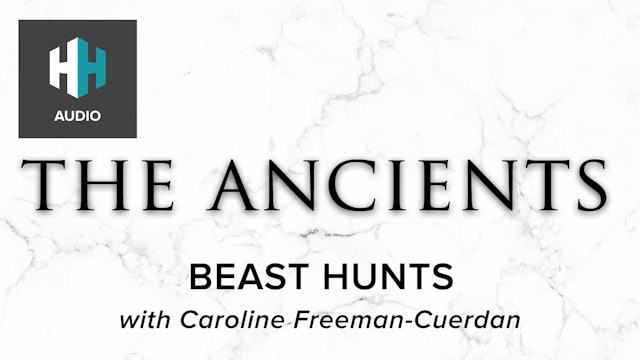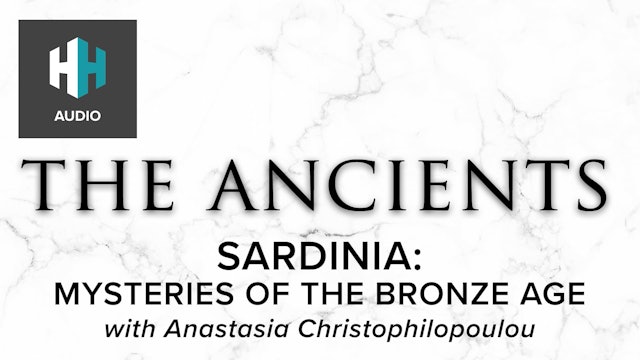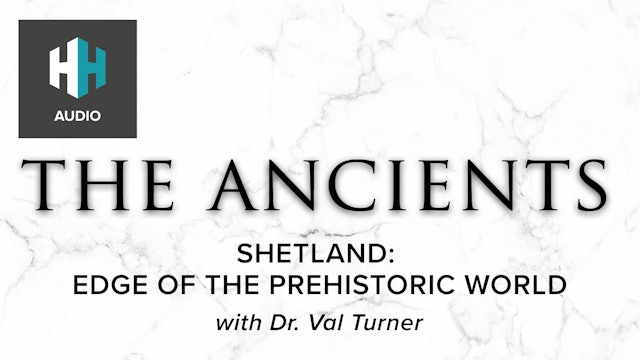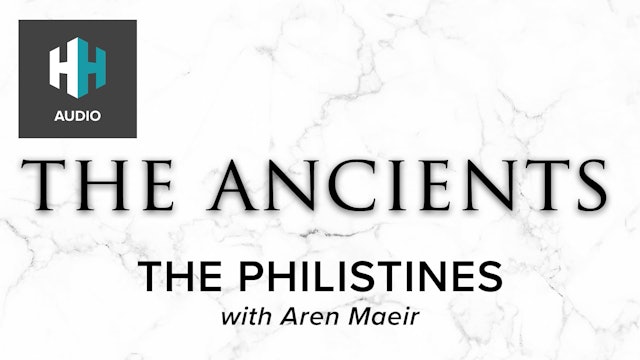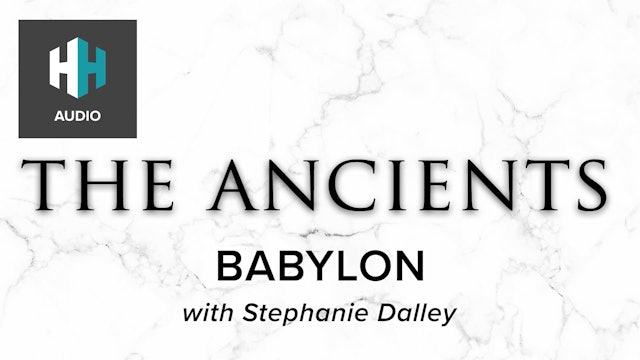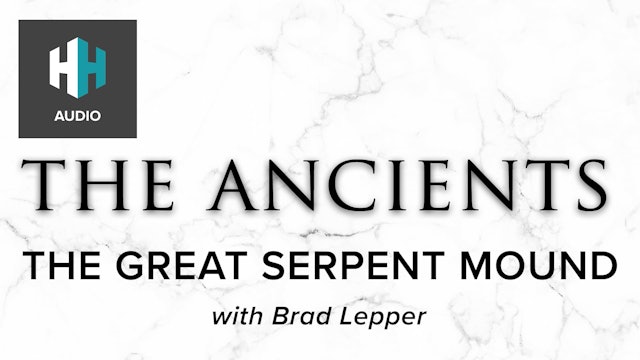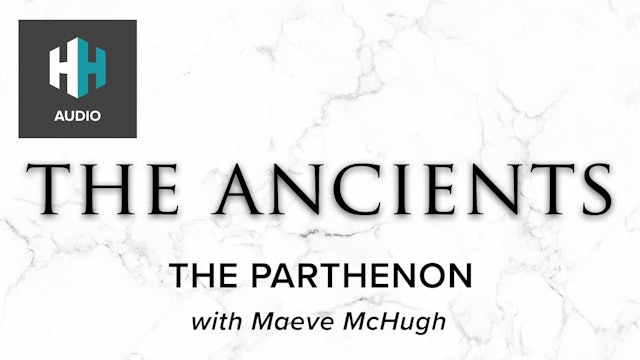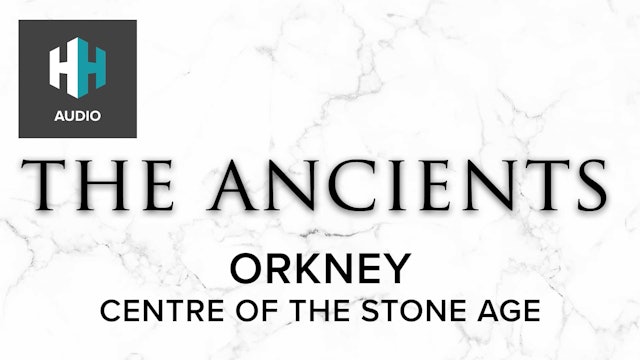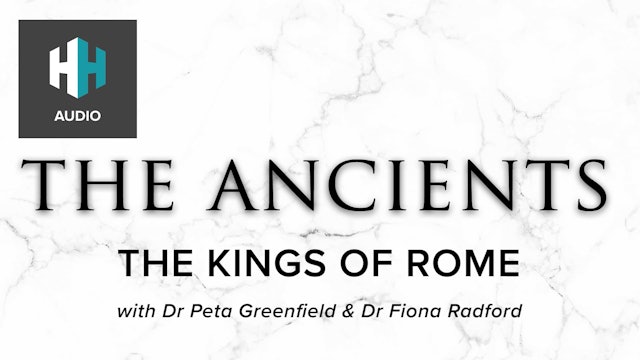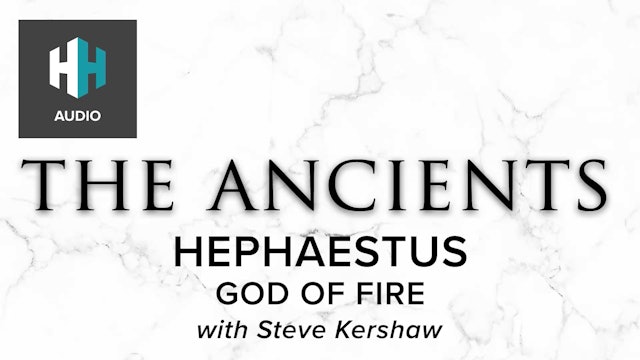🎧 The Ancients
Please note that we have retired putting podcasts on this app. We've migrated to providing all of our users with podcast RSS feeds for each series that are advert free and include all the bonus content. If you haven't yet got your RSS feed, please fill in this form: https://insights.historyhit.com/podcast-rss-feed
A podcast for all ancient history fans! The Ancients is dedicated to discussing our distant past. Featuring interviews with historians and archaeologists, each episode covers a specific theme from antiquity. From Neolithic Britain to the Fall of Rome. Hosted by Tristan Hughes.
Listen to The Ancients advert free via your chosen podcast player: https://www.historyhit.com/dan-snow-timeline-rss-ad-free/
-
🎧 Troy
Often thought of as an ancient, mythical idea, immortalised in the works of Homer, it's hard to imagine Troy as real place. But when Heinrich Schliemann started excavations of the city in the late 19th Century, our understanding of the ancient world would change forever. Troy stood for over mille...
-
🎧 Beast Hunts
*Trigger Warning*
This episode contains graphic descriptions of violence and cruelty against animals.
The Romans were - and still are - infamous for the brutal gladiatorial contests they held in their ancient amphitheatres. But often what made their games so spectacular were the exotic animals ...
-
🎧 Sardinia: Mysteries of the Bronze Age
Shrouded in mystery, the Nuragic culture was an enigmatic Bronze Age Civilisation that lived on the Mediterranean island of Sardinia. With their name deriving from the Island's iconic fortress-like Nuraghe monument - they have not only defined Bronze Age history, but even the very land from which...
-
🎧 Shetland: Edge of the Prehistoric World
Over 100 miles further than the northern reaches of Britain, past Orkney, are a remote group of islands that make up Shetland.
It’s one of the best kept secrets of prehistoric Scotland, containing evidence of the lives that were lived there some 5,000 years ago with Viking archeology as well as ...
-
🎧 The Philistines
-
🎧 Ares: God of War
Ares is the god of war and bloodlust in Greek mythology.
One of the twelve Olympian gods, Ares was often depicted as a fierce and bloodthirsty deity - both feared, and revered by the Ancient Greeks. But despite being a major figure in the Greek pantheon, Ares has often been overshadowed by more ...
-
🎧 Septimius Severus
Given his incredible career, you'd perhaps expect the name of Roman Emperor Septimius Severus to be better known. Born in North Africa in 145AD, he rose to power after distinguishing himself as a military commander at a time of great instability in the Roman Empire. Finally bringing the Year of t...
-
🎧 Dinosaurs: The Last Days
Around 66 million years ago, an asteroid the size of Mount Everest slammed into our planet, triggering the mass extinction of the dinosaurs and countless other species unable to adapt to the sudden environmental catastrophe that followed. What exactly happened on that fateful day, and what about ...
-
🎧 The First Humans
Where do humans come from? Or, perhaps more interestingly, who did humans evolve from? A question once posed by the likes of Charles Darwin and other early naturalists, the answer has changed throughout history. But now, thanks to advancements in archaeology and developments in genetics, we know ...
-
🎧 Shirin: Heroine of Iran
Princess, Queen, and political influencer - Shirin should be a name as famed as Cleopatra, but how come so few know of her? Coming to influence in Iran during the early 7th Century, Shirin was the Christian wife of the Sasanian King Khosrow II, and was forced to flee to Syria in the aftermath of ...
-
🎧 The Origins of Buddhism
One of the oldest religions in the world, Buddhism is practiced by over 400 million people today, but where did it originate from? Pioneered by the Buddha - a wandering ascetic - it emerged in northern India in the fifth century BC as a new path that challenged the elitist structures of Indian Ve...
-
🎧 The Bantu Expansion
The Bantu expansion was one of the most significant cultural events in human history. Sometime between 3,000 and 2,000 years ago in Sub-Saharan Africa, massive numbers of Proto-Bantu speaking peoples spread out around the continent from an unknown central location. As they moved into new areas, t...
-
🎧 The Colossus of Rhodes
One of the Seven Wonders of the Ancient World, the Colossus of Rhodes has lived on in legend - with fact and fiction often blurring. A 108 ft high statue of the Sun God Helios, it was erected in celebration by the people of Rhodes after successfully defending the island against Alexander the Grea...
-
🎧 Cleopatra's Daughter
Cleopatra XII is one of the most famous individuals from the ancient world. The final Queen of Ancient Egypt, and a woman who used her position to directly influence Roman politics and society, there's more to her than Shakespeare plays would suggest. And while Cleopatra's story ended in tragedy,...
-
🎧 Homo Erectus
Before modern humans walked the earth, and even before the Neanderthals, Homo Erectus dominated the plains of Africa. Eventually migrating across the land, with evidence of their existence being found in locations like Java, Homo Erectus survived for 2 million years. But how did they succeed wher...
-
🎧 Aphrodite: Goddess of Love
This episode contains graphic references.
Aphrodite is the goddess of love and beauty in Greek mythology.
Her origin story is one of the more colourful ones, being born from the foam of Uranus’s castrated genitals. Her life is no less dramatic, and one where love and war are intimately connecte...
-
🎧 The Nazca Lines
Carved into the Peruvian landscape over a millennia ago, the Nazca lines are some of the most famed, and ancient, geoglyphs in the world. When viewed from above they create astonishing, detailed images of animals that were sacred to the Nazca people. But despite being some of the most well known ...
-
🎧 Feathered Dinosaurs
Having dominated the earth for millions of years, it's no wonder Dinosaurs have always fascinated us. Depicted in films and TV shows as monstrous scaly beasts - they inspire a terrifying image. But what if we told you that the T-Rex could have been covered in feathers? It's a question that's haun...
-
🎧 Babylon
One of the most famous cities in history - Babylon is shrouded in mystery and myth. Located in ancient Mesopotamia, now modern Iraq, it was one of the epicentres of ancient culture, architecture, and the home of famous figures such as Hammurabi. But what do we actually know about Babylon - and wh...
-
🎧 The Great Serpent Mound
Located in the US State of Ohio, the Great Serpent Mound is an iconic monument of Ancient America. Nearly 1,400 feet long, and 3 feet high - it's hard to miss. But what do we actually know about this prehistoric colossus, and why was it constructed?
In this episode, Tristan is joined by Dr Brad ...
-
🎧 The Parthenon
The unofficial 8th wonder the Ancient World, the Parthenon is still standing today. Located on the Acropolis in Athens, towering above a busy, modern metropolis - it's a symbol of the city's long standing ancient past. But why was this monumental structure built? And what do we really know about ...
-
🎧 Orkney: Centre of the Stone Age
Orkney, a group of islands off Britain’s north coast, famed for their stunning, rural scenery. But 5,000 years ago, during the Neolithic Period - or ‘New Stone Age’ - it was a completely different story.
Back then, these islands were rich in stunning art and architecture. A great centre of the S...
-
🎧 The Kings of Rome
This episode contains references to sexual assault and suicide.
When you think of Ancient Rome, you don't often associate it with the idea of a Monarchy. But long before the likes of Julius Caesar, Augustus, or even Nero - Kings ruled over the land. Specifically - seven of them. But what happene...
-
🎧 Hephaestus: God of Fire
This episode contains references to sexual assault and terms for groups which were classified that way at the time.
Hephaestus, son of Zeus and Hera, is the God of fire and foundry in Greek mythology.
He is the only god with a disability, a part of his identity that becomes a double-edged sword...

